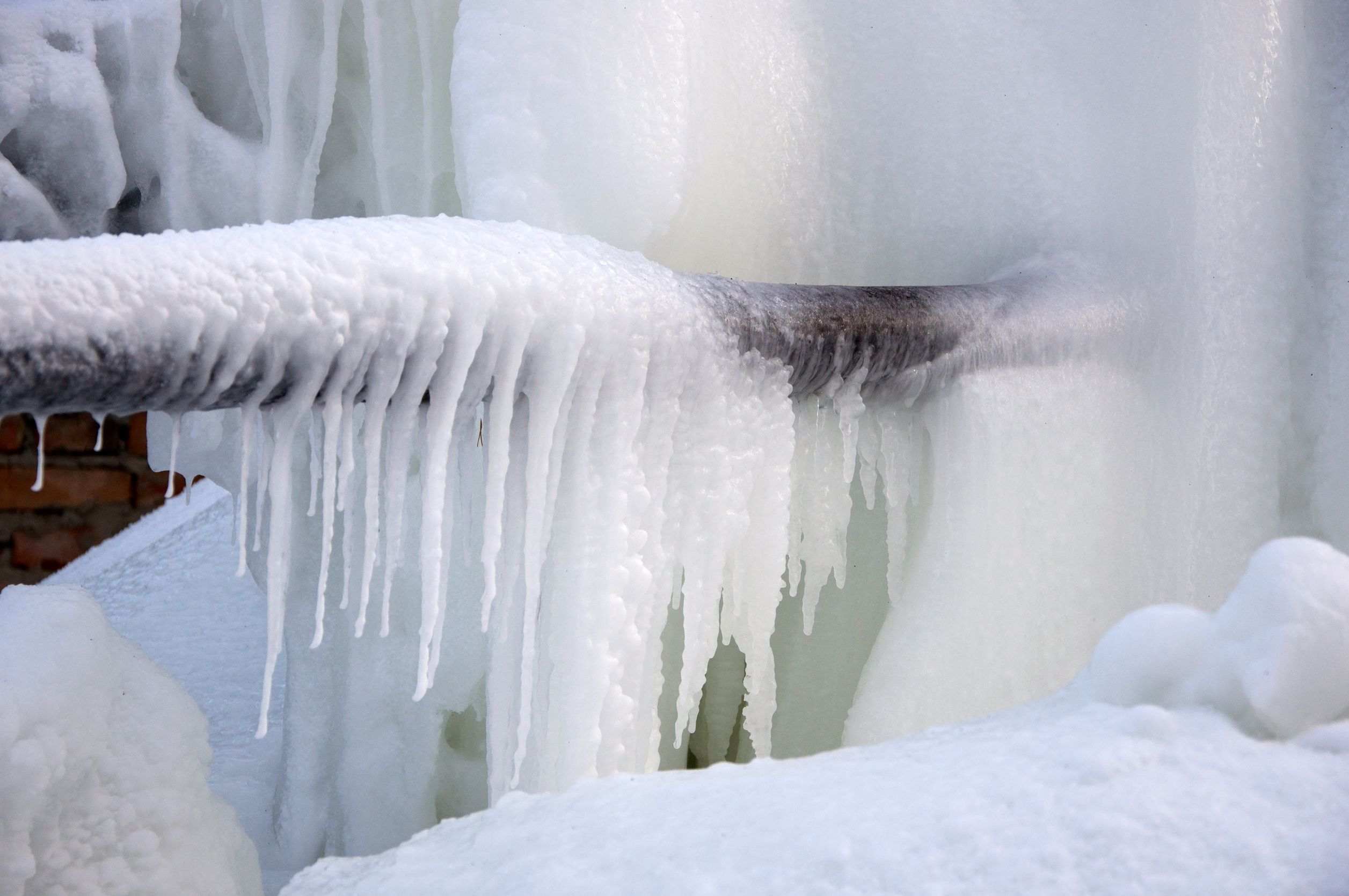Avoiding Frozen Pipes in Cold Weather: Key Tips
Avoiding Frozen Pipes in Cold Weather: Key Tips
Blog Article
What are your beliefs about Preventing and dealing with frozen pipes?

Cold weather can damage your pipes, especially by freezing pipes. Here's exactly how to stop it from happening and what to do if it does.
Intro
As temperature levels decline, the danger of frozen pipelines boosts, possibly causing expensive fixings and water damage. Understanding just how to avoid icy pipelines is crucial for home owners in cold environments.
Prevention Tips
Protecting vulnerable pipes
Wrap pipelines in insulation sleeves or utilize warmth tape to safeguard them from freezing temperature levels. Focus on pipelines in unheated or external areas of the home.
Heating techniques
Keep interior rooms appropriately heated up, especially areas with plumbing. Open up cabinet doors to permit warm air to distribute around pipelines under sinks.
Exactly how to determine icy pipelines
Seek decreased water circulation from taps, unusual odors or noises from pipelines, and visible frost on subjected pipelines.
Long-Term Solutions
Architectural adjustments
Consider rerouting pipelines far from exterior walls or unheated locations. Include extra insulation to attics, basements, and crawl spaces.
Updating insulation
Invest in top quality insulation for pipes, attics, and wall surfaces. Appropriate insulation assists maintain regular temperature levels and minimizes the risk of frozen pipelines.
Securing Outdoor Pipes
Garden hoses and outside faucets
Detach and drain garden tubes prior to wintertime. Install frost-proof faucets or cover exterior faucets with shielded caps.
Understanding Icy Pipelines
What creates pipes to ice up?
Pipes ice up when revealed to temperatures below 32 ° F (0 ° C) for prolonged durations. As water inside the pipelines freezes, it expands, taxing the pipe walls and potentially triggering them to rupture.
Threats and problems
Icy pipelines can bring about water system interruptions, residential or commercial property damages, and pricey fixings. Ruptured pipelines can flooding homes and trigger comprehensive structural damage.
Indicators of Frozen Piping
Identifying frozen pipes early can stop them from bursting.
What to Do If Your Pipes Freeze
Immediate activities to take
If you believe frozen pipes, maintain faucets open to ease stress as the ice thaws. Use a hairdryer or towels soaked in warm water to thaw pipelines slowly.
Verdict
Avoiding icy pipes calls for positive measures and quick responses. By comprehending the reasons, indications, and safety nets, house owners can protect their plumbing throughout winter.
5 Ways to Prevent Frozen Pipes
Drain Outdoor Faucets and Disconnect Hoses
First, close the shut-off valve that controls the flow of water in the pipe to your outdoor faucet. Then, head outside to disconnect and drain your hose and open the outdoor faucet to allow the water to completely drain out of the line. Turn off the faucet when done. Finally, head back to the shut-off valve and drain the remaining water inside the pipe into a bucket or container. Additionally, if you have a home irrigation system, you should consider hiring an expert to clear the system of water each year.
Insulate Pipes
One of the best and most cost-effective methods for preventing frozen water pipes is to wrap your pipes with insulation. This is especially important for areas in your home that aren’t exposed to heat, such as an attic. We suggest using foam sleeves, which can typically be found at your local hardware store.
Keep Heat Running at 65
Your pipes are located inside your walls, and the temperature there is much colder than the rest of the house. To prevent your pipes from freezing, The Insurance Information Institute suggests that you keep your home heated to at least 65 degrees, even when traveling. You may want to invest in smart devices that can keep an eye on the temperature in your home while you’re away.
Leave Water Dripping
Moving water — even a small trickle — can prevent ice from forming inside your pipes. When freezing temps are imminent, start a drip of water from all faucets that serve exposed pipes. Leaving a few faucets running will also help relieve pressure inside the pipes and help prevent a rupture if the water inside freezes.
Open Cupboard Doors
Warm your kitchen and bathroom pipes by opening cupboards and vanities. You should also leave your interior doors ajar to help warm air circulate evenly throughout your home.

We hope you liked our topic on 6 Ways to Prevent Frozen Pipes. Thank you for taking the time to read through our blog. Please take the time to distribute this content if you appreciated it. I enjoy your readership.
Get A Quote Report this page